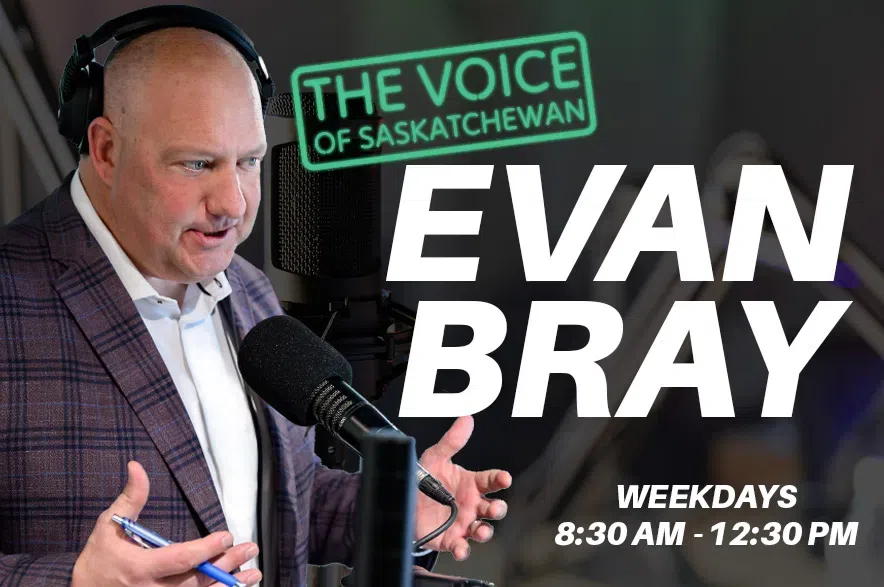—
By Teena Monteleone
In September, the Health Canada COHVID Alert app was made available to Saskatchewan residents.
If a user tests positive for COVID-19, they are provided with a one-time key from public health. The user can then enter that key into the app and notify other app users who may have been near them within the last 14 days.
It’s also voluntary, and the success of the COVID-19 exposure notification app depends on whether people are even using it.
Let’s break down the numbers:
There are currently nine provinces and territories that have made the app available to residents.
As of March 31, Health Canada said the app had been downloaded 6,431,095 times.
But only 23,817 people have voluntarily input their one-time key to notify others around them after testing positive for COVID-19.
Among the provinces and territories that provide the app, there have been 733, 696 cases of the virus.
That means only 3.2 per cent of infected residents who downloaded the notification app have actually used it to help prevent the spread.
paNOW cannot report a breakdown of how many people in Saskatchewan have downloaded the app just yet. Health Canada said that provincial and territorial data would be available to the public starting sometime this spring. Citing privacy concerns, Health Canada also said they can’t tell us the exact number of one-time-keys entered by Saskatchewan residents alone, but they have combined that number by groups.
As of March 31, the number of one-time keys used in the Prairies was 2,780. To put that into perspective, Saskatchewan and Manitoba have had a combined 67,712 cases. Alberta isn’t included in the ‘Prairie’ numbers because they don’t use the federal COVID Alert app. They have their own.
In comparison, the number of one-time keys used in Ontario is 16,062. They’ve had 349,903 total cases.
Although the statistics show the app perhaps isn’t having the impact the Canadian government had hoped for in slowing down or limiting the spread of COVID-19, it’s still another tool residents can use to combat the virus—even if it isn’t perfect.











